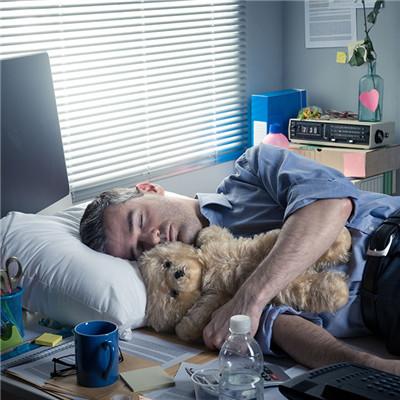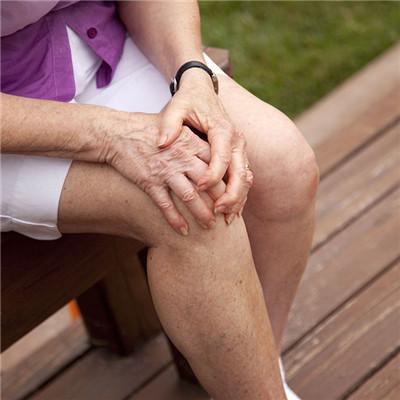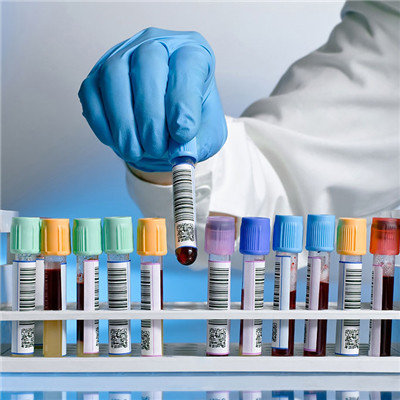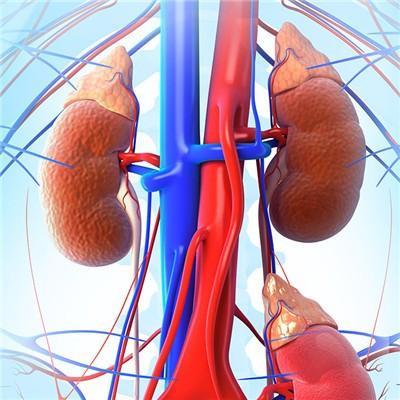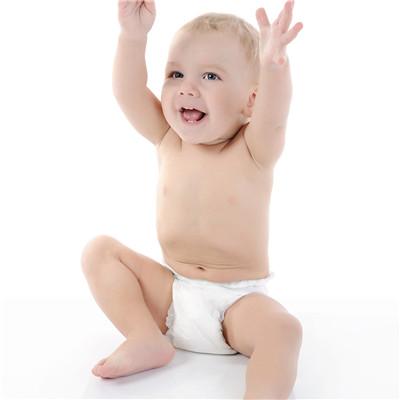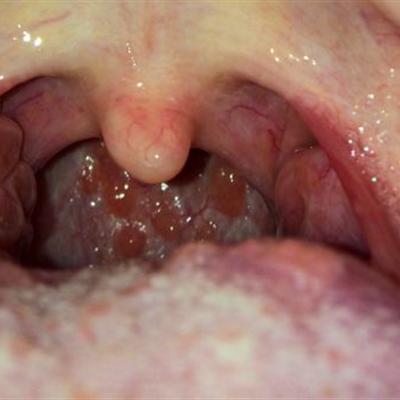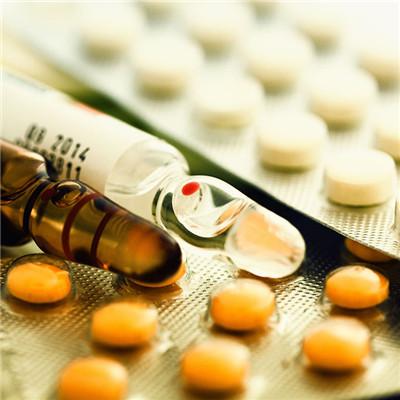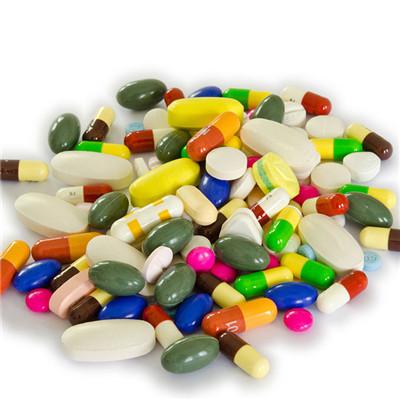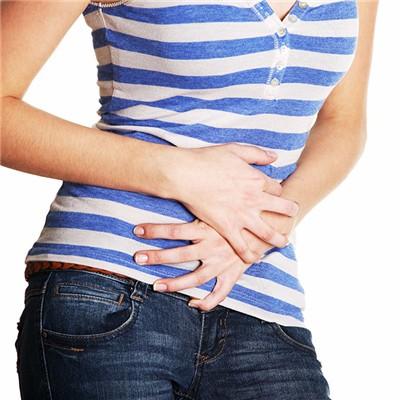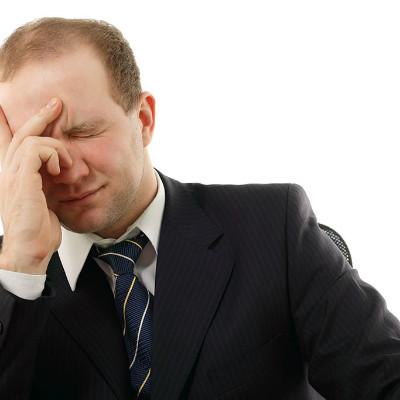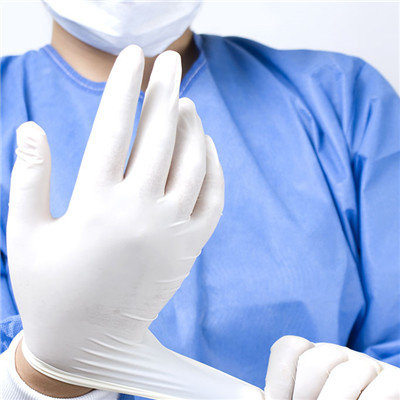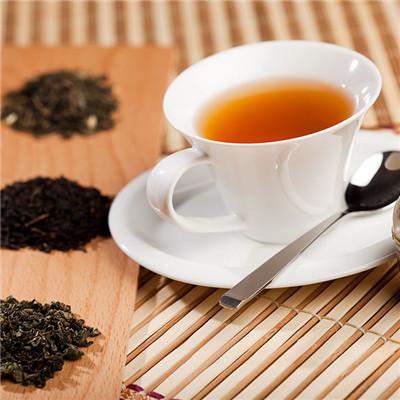What symptom does intervertebral disc protrusion have?
summary
The incidence rate of thoracic disc herniation is relatively low, but with the continuous improvement of various examination methods, the clinical diagnosis rate of this disease is increasing. In young adults, the nucleus pulposus has strong water absorption and expansibility. Once the annulus fibrosus ruptures, the nucleus pulposus protrudes due to excessive pressure. Although the annulus fibrosus is ruptured, the nucleus pulposus is not prominent. What symptom does intervertebral disc protrusion have? Let's talk about it
What symptom does intervertebral disc protrusion have?
Radiative pain propagates along the sciatic nerve to the lateral leg, dorsum of foot or toe. If the lumbar 3-4 space is protruding, because the lumbar 4 nerve root is compressed, there is radiating pain in front of the thigh. All actions that increase the pressure of cerebrospinal fluid, such as coughing, sneezing and defecation, can aggravate low back pain and radiation pain.

The pain increased during the activity and decreased after the rest. Bedridden position: most patients use lateral position and bend the affected limb; A few severe cases had pain in various postures, so they could only bend their hips and knees on the bed to relieve the symptoms. Patients with lumbar spinal stenosis often have intermittent claudication.

Scoliosis deformity: the main curve in the lower waist, flexion is more obvious. The direction of scoliosis depends on the relationship between the protruding nucleus pulposus and the nerve root: if the protruding nucleus pulposus is in front of the nerve root, the trunk generally bends to the affected side.
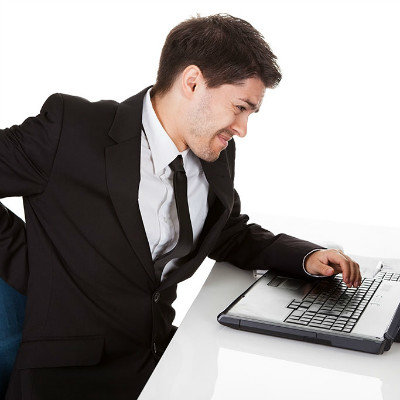
matters needing attention
For patients without serious nerve damage and long bundle signs, conservative treatment can be used. The specific measures include bed rest, limitation of spinal flexion and extension, wearing brace and so on. At the same time, combined with the application of non steroidal anti-inflammatory drugs to control pain symptoms. Other treatments include posture training, back muscle function training and propaganda work.
